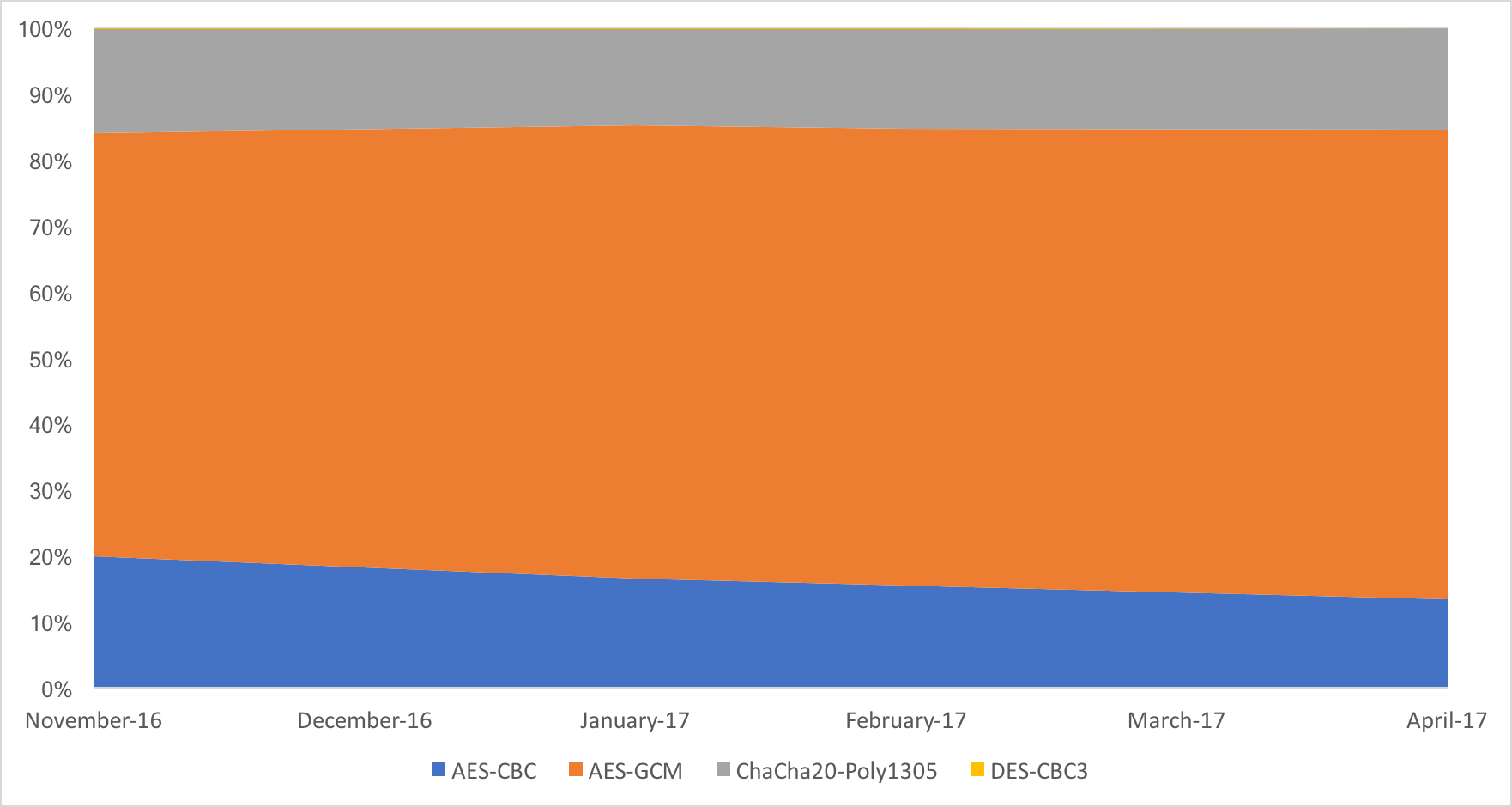Mirantis Cloud Platform Combines OpenStack and Kubernetes Container Management
 OpenStack is not dead, but 'containers are sexy.'
OpenStack is not dead, but 'containers are sexy.'
 OpenStack is not dead, but 'containers are sexy.'
OpenStack is not dead, but 'containers are sexy.'
What are the best ways to reduce spam? How can we work together to reduce this threat and create a more trusted Internet?
Last October, in the vibrant city of Bangkok, the Internet Society joined regulators for an in-depth conversation about how to eliminate spam and its harmful effects. Our kind hosts were the Canadian Radio-television and Telecommunications Commission (CRTC) and the International Institute of Communications (ICC).
 Ericsson also has a 5G/motor vehicle consortium based in Germany.
Ericsson also has a 5G/motor vehicle consortium based in Germany.

The announcement this week that Riverbed is buying Xirrus was a huge sign that the user-facing edge of the network is the new battleground for SDN and SD-WAN adoption. Riverbed is coming off a number of recent acquisitions in the SDN space, including Ocedo just over a year ago. So, why then, would Riverbed chase down a wireless company when they’re so focused on the wiring behind the walls?
When SDN was a pile of buzzwords attached to an idea that had just come out of Stanford, a lot of people were trying to figure out just what exactly SDN could offer them in terms of their network. Things like network slicing were the first big pieces to be put up before things like orchestration, programmability, and APIs were really brought to the fore. People were trying to figure out how to make this hot new thing work for them. Well, almost everyone.
Wireless professionals are a bit jaded when it comes to SDN. That’s because they’ve seen it already in the form of controller-based solutions. The idea that a central device can issue commands to remote access devices and control configurations easily? Airespace was doing Continue reading
 'The time has come to standardize on a common interface,' says CNCF.
'The time has come to standardize on a common interface,' says CNCF.
How much money is there in customer profiling ?
The post Response: Bose headphones spy on listeners: lawsuit | Reuters appeared first on EtherealMind.
 The typical size of an OpenStack cloud increased, says survey.
The typical size of an OpenStack cloud increased, says survey.
 Multiple vendors will use the test sites at the same time.
Multiple vendors will use the test sites at the same time.
 Ixia collaborates with CORD Project; IBM releases new developer capabilities on Bluemix.
Ixia collaborates with CORD Project; IBM releases new developer capabilities on Bluemix.
A little over a year ago, Nick Sullivan talked about the beginning of the end for AES-CBC cipher suites, following a plethora of attacks on this cipher mode.
Today we can safely confirm that this prediction is coming true, as for the first time ever the share of AES-CBC cipher suites on Cloudflare’s edge network dropped below that of ChaCha20-Poly1305 suites, and is fast approaching the 10% mark.
Over the course of the last six months, AES-CBC shed more than 33% of its “market” share, dropping from 20% to just 13.4%.

All of that share, went to AES-GCM, that currently encrypts over 71.2% of all connections. ChaCha20-Poly1305 is stable, with 15.3% of all connections opting for that cipher. Surprisingly 3DES is still around, with 0.1% of the connections.
The internal AES-CBC cipher suite breakdown as follows:

The majority of AES-CBC connections use ECDHE-RSA or RSA key exchange, and not ECDHE-ECDSA, which implies that we mostly deal with older clients.
In other good new, the use of ECDSA surpassed that of RSA at the beginning of the year. Currently more than 60% of all connections use Continue reading
Todays show is an AMA (Ask Me Anything). Greg and Ethan answer listener questions about professional development, staying relevant, and career regrets and successes. The post Show 336: Ethan & Greg Ask Me Anything Part 1 appeared first on Packet Pushers.